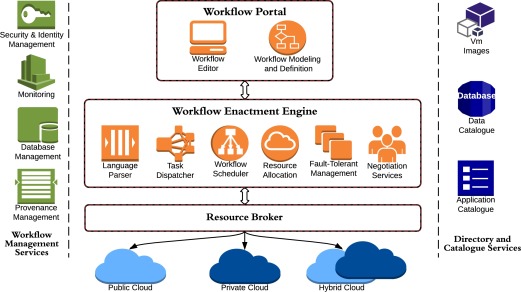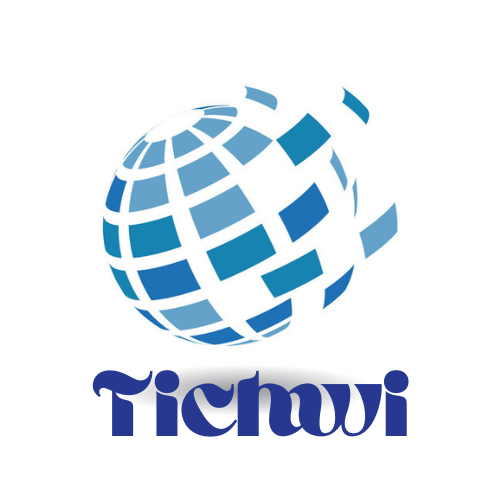How To Streamline Automated Workflow Management For HRs?

If you look from the outside, your business looks good and runs smoothly. Some issues add up that become a big problem that keeps your business away from the competition in the market.
By analysing deeply, you will get to know these errors. Implementing some simple hacks with an automated workflow management help you automate daily tasks, especially for HRs.
It also helps you to improve workforce efficiency and engagement. The solution is mostly in front of our eyes, but we can’t see it, but don’t worry; when you do uKnowva, the HR technology will get updated and help the workforce of your business.
What does it mean to streamline a workflow?
HR and the team have many repeatable activities to carry out in a specified order to achieve a goal. Repeating the same task is time taking and brings boredom also.
Streamlining a workflow means improving the efficiency of the business continuously for all the employed staff, including the HR and their teams. It is performed to simplify the tasks and automate or remove redundant tasks using modern HRMS.
In this article, we’ve pulled together six areas for automated workflow management to develop an efficient workflow that will help you power up your productivity.
How to implement automated workflow management?
-
Analyse your existing processes
An analysis of the existing situation is a must before implementing anything in the business. HR automation can be implemented easily, but the area where it is needed the most is important.
To achieve it, you must have a list to check out which areas need improvement and which do not by making potential checkpoints. You can perform the following-
- Track the time taken by each task performed by HR professionals.
- Ask your HR team about their workflow experience.
- Compare the current situation of your business with the best one in the field.
- Talk with HR managers to know the areas that need improvement.
It will consume some time, but the result it provides is useful for implementing HR automation in the right direction.
-
Analyse outcomes
Once you have the areas that require improvement or automation, you can analyse the outcomes. It helps you to eliminate the processes that are tedious, time-consuming, and not budget-friendly. For example, filling up your shelves with piles of paper that contain employees’ resumes and details can be streamlined to save paper and space. In this way, the HR workflow becomes paperless and easy to apply for remote employees.
-
Detect the areas to be automated
It is the most exciting part of the workflow automation system. You have to rank your workflow needs which require automation. After knowing the areas of automation and their existing outcomes, you can scale your budget accordingly. It leads to getting the ideal results and helps to maintain your budget.
Examine the processes like:
- Tasks that are performed manually are time-consuming and repetitive.
- Tasks can be separated into easier steps like leave allotment and attendance system.
-
Implement time-tracking software
This time-tracking software helps to measure the time spent by the employee on a particular task, which employee is slacking off, or which is working more than the scheduled time.
It helps in measuring the productivity and efficiency of the HR workflow. A smart HRM tool offers the best time-tracking or timesheet feature that watches the activities of the employee and tells you the time they are working for predefined hours or not.
-
Maintain the workflow flexibility
Flexibility is the need of the hour. So, while you streamline the workflow, remember to maintain flexibility in it. It is an optimal part of a team. HR automation does not mean that one person will do all of the work. There shouldn’t be unwanted pressure on one as it decreases productivity. The team should work together on a project according to their time to produce efficient results and enhance productivity.
-
Keep a record
No matter how sharp one’s memory is, one can’t remember all the steps included in streamlining a process. That is why keeping a record or maintaining documentation is required for future use. It is your choice how you want to record it. But make sure that you capture all the happenings. Now you ensure streamlined workflows function as they should without any unexpected errors.
Conclusion
We hope that the above-listed six ways through which you can identify the areas that need automated workflow management for HRs are clear to you. Use smarter HRMS to make your business more productive and efficient and to build automated business workflows.
Visit for more article: https://tichwi.com/




